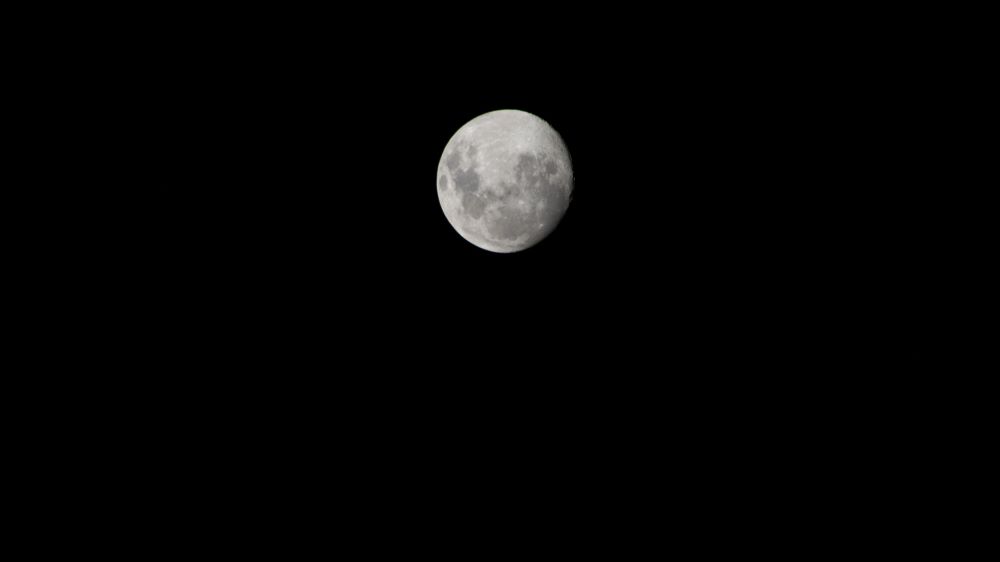NASA recently selected a new science payload that will travel to the Moon through a series of robotic missions via the agency’s Artemis program. This instrument suite, known as the Dating an Irregular Mare Patch with a Lunar Explorer (DIMPLE), will have the task of studying the Ina Irregular Mare Patch, also known as Ina, which is a small depression that could provide insights into the Moon’s volcanic history. It was discovered using orbital images from the Apollo 15 crew, and despite several past studies, its origin remains unclear.
A 2021 study proposed mission concepts for exploring Ina, including robotic landers, sample returns, rovers, and human exploration, with DIMPLE ultimately being accepted through NASA’s Payloads and Research Investigations on the Surface of the Moon (PRISM) program via the agency’s Commercial Lunar Payload Services (CLPS) initiative.

“This commercial payload delivery initiative is helping to provide a burst of lunar science and exploration,” said Dr. Nicola Fox, who is the associate administrator for science at NASA Headquarters in Washington DC. “DIMPLE will add to a growing body of knowledge about the Moon, which in turn helps us understand the origins of Earth and other planets in the solar system. Additionally, the more we understand about our closest neighbor, the more we can support long-term human exploration at the Moon, and someday, Mars.”
DIMPLE will be able to analyze a minimum of three and greater than 25 samples during its investigation of Ina. It will travel to the Moon integrated into a rover provided by CLPS that will also include a sample grabbing instrument to collect samples and a spectrometer to analyze both the age and composition of the samples. The goal of this endeavor will be to determine when the volcanic activity from Ina ceased, which could put tighter constraints on the Moon’s past geochemical and volcanic activity.
“With the selection of DIMPLE, we aim to definitively resolve the debate on how recently the Moon was volcanically active,” said Dr. Joel Kearns, who is the deputy associate administrator for exploration in NASA’s Science Mission Directorate. “Not only is this a scientifically intriguing enigma that will fundamentally change our understanding of lunar thermal evolution, but this is also the demonstration of an exciting technology that can be used to measure absolute ages of a variety of geologic terrains across the solar system.”
The age of Ina is currently in conflict, as a 2014 study placed the approximate age of Ina at 100 million years old, but a 2017 study placed Ina’s approximate age at 3.5 billion years old. Knowing its exact age could provide better insights into not only the Moon’s history, but also for Earth and other planetary bodies throughout the solar system, as well.
What makes Ina so interesting to study is its unique geomorphology, or physical features, including irregularly shaped mounds, which are analogous to drops of liquid mercury, and stand apart from traditional lunar volcanic plains that are almost entirely smooth in appearance, as noted in Ina’s surrounding terrain.


While Ina’s age debate rages on, the timetable for DIMPLE is much more constrained, as it is scheduled for delivery for its mission no earlier than the 2nd quarter of 2027, and a launch provider will be determined based on a CLPS task order that will be submitted in 2024.
What new discoveries will DIMPLE unveil about Ina in the coming years and decades, and what will these findings teach us about the history of the Moon and other planetary bodies in the solar system? Only time will tell, and this is why we science!
As always, keep doing science & keep looking up!

